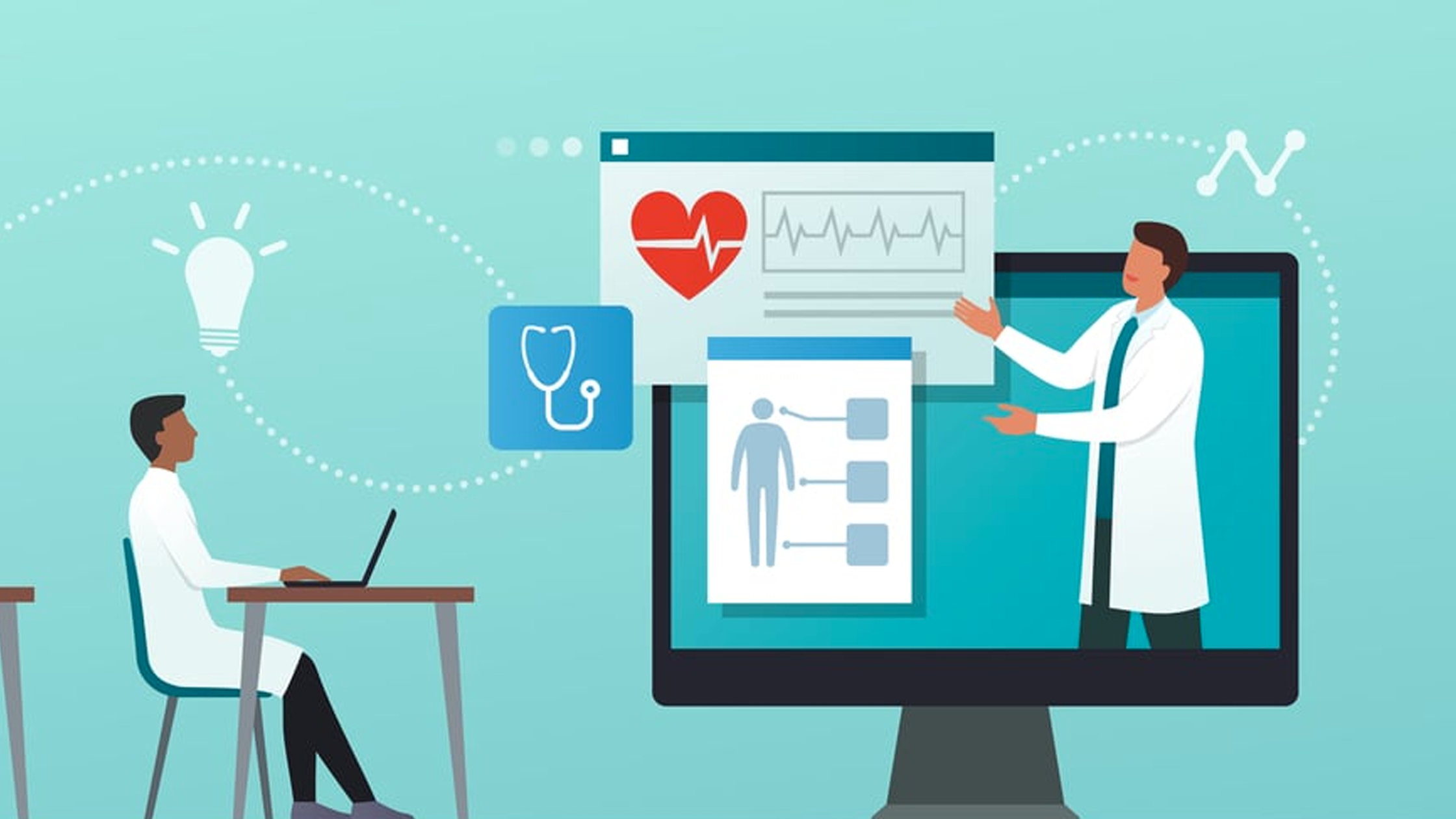Introduction
The field of medicine is continuously evolving, with innovative technologies playing a crucial role in shaping the future of healthcare. One such technology that has revolutionized surgical practice is the C-arm system, which provides real-time, high-quality X-ray images during surgical procedures. As medical education adapts to the latest advancements, the integration of C-arm systems in surgical training is becoming increasingly vital. This blog post will discuss the importance of incorporating C-arm systems into medical education and how they are transforming the learning experience for the next generation of surgeons.
The Role of C-Arm Systems in Medical Education
-
Improved Visualization and Understanding of Anatomy
C-arm systems provide medical students with a clear, real-time view of a patient’s internal structures during surgery. This enhanced visualization of anatomical structures helps students develop a deeper understanding of complex anatomy and the spatial relationships between various tissues and organs. As a result, students can better comprehend surgical techniques and the underlying principles, leading to improved surgical skills and decision-making.
-
Hands-On Experience and Confidence Building
Incorporating C-arm systems into surgical training allows medical students to gain valuable hands-on experience in a controlled, supervised environment. This exposure helps them become familiar with the equipment, understand its capabilities, and learn to troubleshoot potential issues. By mastering the operation of C-arm systems, students build confidence in their technical skills and are better prepared for real-world surgical scenarios.
-
Enhanced Feedback and Performance Assessment
The real-time imaging provided by C-arm systems allows instructors to closely monitor a student’s performance during surgical training sessions. This immediate feedback enables educators to identify areas for improvement, provide targeted guidance, and reinforce best practices. As a result, students can refine their skills more efficiently and effectively, leading to better patient outcomes in their future practice.
-
Simulated Surgical Scenarios
Modern medical education increasingly emphasizes the use of simulation in surgical training. C-arm systems can be integrated into simulated surgical scenarios, enabling students to experience realistic, high-pressure situations without the risk to actual patients. These simulations help students develop critical thinking, decision-making, and technical skills while working under pressure, ultimately preparing them for the demands of real-world surgery.
-
Fostering a Culture of Lifelong Learning
The rapid pace of technological advancements in medicine demands that healthcare professionals commit to lifelong learning. By introducing C-arm systems early in a surgeon’s education, medical schools emphasize the importance of staying up-to-date with the latest innovations. This mindset encourages future surgeons to actively seek out new knowledge and skills, promoting a culture of continuous improvement and adaptation in the ever-evolving field of medicine.
Conclusion
The integration of C-arm systems into medical education is crucial for preparing the next generation of surgeons. By providing enhanced visualization, hands-on experience, and opportunities for improved feedback and performance assessment, these advanced imaging systems are transforming surgical training. As medical schools continue to adapt their curricula to incorporate cutting-edge technologies, future surgeons will be better equipped to provide the highest level of care to their patients.
If you’re an educational facility looking to enhance student learning by adding a c-arm to your facility please reach out to us as we would be happy to have one of our consultants work with you to find a system that will work for your specific needs. To request more information CLICK HERE.

